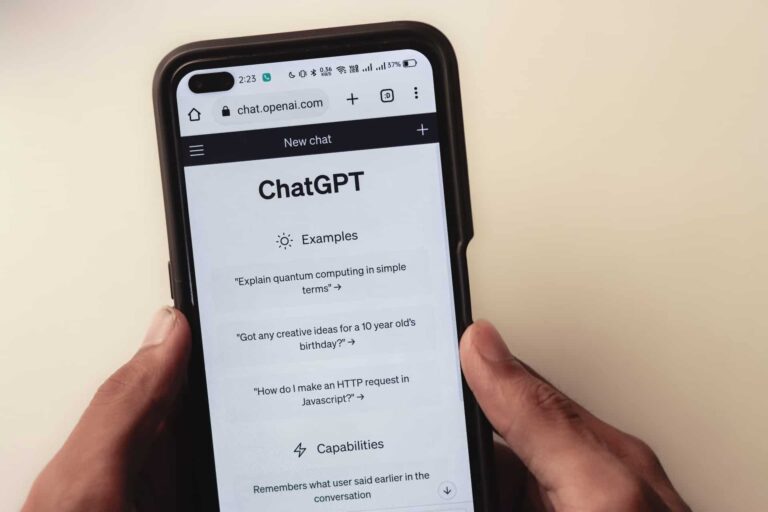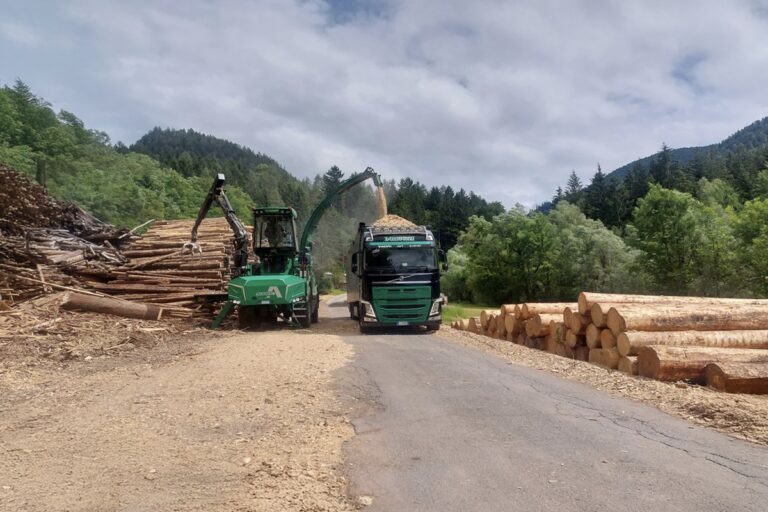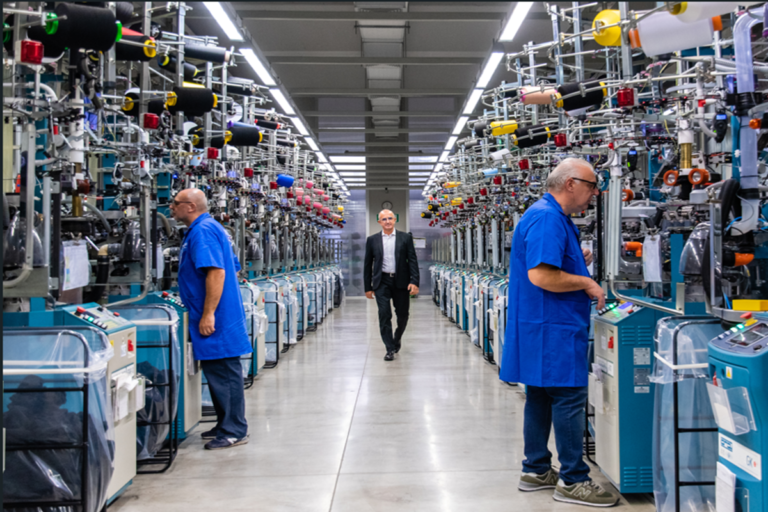Chatbots have emerged as an effective alternative to human intervention in specific contexts, notably in responding to customer inquiries. Approximately 62% of consumers prefer to engage with chatbots for quick answers, underlining their growing acceptance.
Furthermore, three out of four businesses have reported satisfaction with their chatbot implementations, a testament to their practical benefits. Observing these successful outcomes, many enterprises are poised to join the chatbot revolution.
Table of Contents
What is a chatbot
A chatbot is a sophisticated computer program designed to communicate with human users. These interactions can take place through text or text-to-speech mechanisms.
At the heart of chatbots lie advanced technologies such as artificial intelligence (AI), machine learning (ML), and natural language processing (NLP). These tools enable chatbots to simulate human-like communication, providing a seamless and engaging user experience.
Read also: GPT-4, the new version of Chat GPT: the main innovative features
Types of chatbots
Chatbots can be broadly categorized into three types, each with its unique features and applications:
- Rule-based chatbots: These are programmed to respond to user queries following predefined rules or flows. They excel at handling simple tasks they have been explicitly designed to perform. With additional training and development, these bots can gradually become more adept at managing complex tasks, although their abilities remain constrained by the scope of their programming;
- Machine learning-based chatbots: A step ahead of their rule-based counterparts, they can process and comprehend the meaning behind user queries. By learning from past interactions, they continuously improve their ability to handle more complex inquiries, getting smarter;
- Hybrid chatbots: As the name suggests, hybrid chatbots amalgamate rule-based and AI-powered bots’ best features while integrating live chat capabilities. This blend creates a superior customer experience by providing the reliability and precision of rule-based bots, the learning ability of AI-based bots, and the personal touch of human intervention.
Top chatbot development platforms
Developing a chatbot can seem a daunting task. However, several chatbot development platforms can help you create a bot suited to your specific needs. Here are the top five platforms currently leading the industry:
- Intercom: A versatile platform, Intercom leverages messenger-based experiences through live chat and chatbots. Using machine learning and behavioral data, Intercom delivers a personalized user experience, responding to 33% of inquiries and improving customer response time by 44%;
- Drift: Drift’s AI-powered chatbots are designed to aid B2B firms in establishing conversations and responding to customer queries. These bots provide a customized user experience with real-time engagement. Moreover, the sales AI chatbot can schedule meetings with potential clients, accelerating your access to decision-makers;
- Landbot: Landbot is a user-friendly chatbot software that allows the creation of conversational landing pages and chatbots on any page of your website without any coding. You can use the chatbot design library or build your bot from scratch. Landbot also provides a widget, live chat, and pop-ups to enhance visitor interaction on your site.
Steps in chatbot development
Developing a chatbot involves a series of sequential steps that ensure your bot is efficient, user-friendly, and achieves its purpose. Here are the essential steps involved:
- Define the purpose: The first step involves determining the role of your chatbot. Whether it’s customer support, lead generation, or sales assistance, defining its purpose is key to its subsequent development and effectiveness;
- Identify the platform: Depending on your audience and purpose, choose the platform where your chatbot will be deployed. This could be a website, mobile app, or messaging app like Facebook Messenger, WhatsApp, or Slack;
- Choose the type of chatbot: Depending on your requirements, choose between rule-based, machine learning-based, or hybrid chatbots;
- Select a development platform: Choose a chatbot development platform based on your technical proficiency and specific requirements;
- Design conversational UI/UX: Draft the possible dialogues and interactions your chatbot will have with users. Ensure it’s conversational, easy to understand, and engaging;
- Build & train your chatbot: Utilize your chosen development platform to build your bot. Provide it with training data, such as sample conversations, to ensure it can understand and respond effectively to user queries;
- Testing: Thoroughly test your chatbot using different scenarios to ensure its functionality and efficiency. Test for comprehension, response accuracy, and speed;
- Deploy & monitor: Once tested and refined, deploy your chatbot on the chosen platform. Continually monitor its interactions to identify areas of improvement and update the chatbot as needed;
- Iterate and improve: As you receive feedback from users and observe the chatbot’s performance, make necessary adjustments and enhancements. Continual learning and improvement will ensure your chatbot remains effective and useful for your users.
Chatbot development trends in 2023
As we continue through 2023, several transformative trends are shaping the chatbot development landscape.
- Multilingual chatbots: As businesses become increasingly global, multilingual chatbots are becoming indispensable. They can interact with customers in multiple languages, breaking down communication barriers and fostering better customer engagement;
- Voice-enabled chatbots: With the rise of smart speakers and voice assistants, voice-enabled chatbots are gaining traction. They offer a more natural, conversational experience and are set to revolutionize customer service;
- AI-driven personalization: AI technology is enabling chatbots to deliver highly personalized user experiences. By learning from user interactions, these chatbots provide personalized recommendations and responses, improving customer satisfaction.
Chatbot development can enhance business outcomes
As we navigate through 2023, it’s clear that chatbot development continues to evolve at an unprecedented pace, transforming customer interactions across various industries. From understanding what a chatbot is and its different types to exploring its diverse industry applications and development platforms, we have delved into the core aspects of chatbot development.
In light of emerging trends like AI-driven personalization, voice-enabled and multilingual chatbots, and proactive engagement, the potential for chatbots is truly limitless. Businesses must stay updated and leverage these technological advancements to foster improved customer experiences and achieve enhanced business outcomes.
Read also: ChatGPT and AI development, these are the jobs at risk












